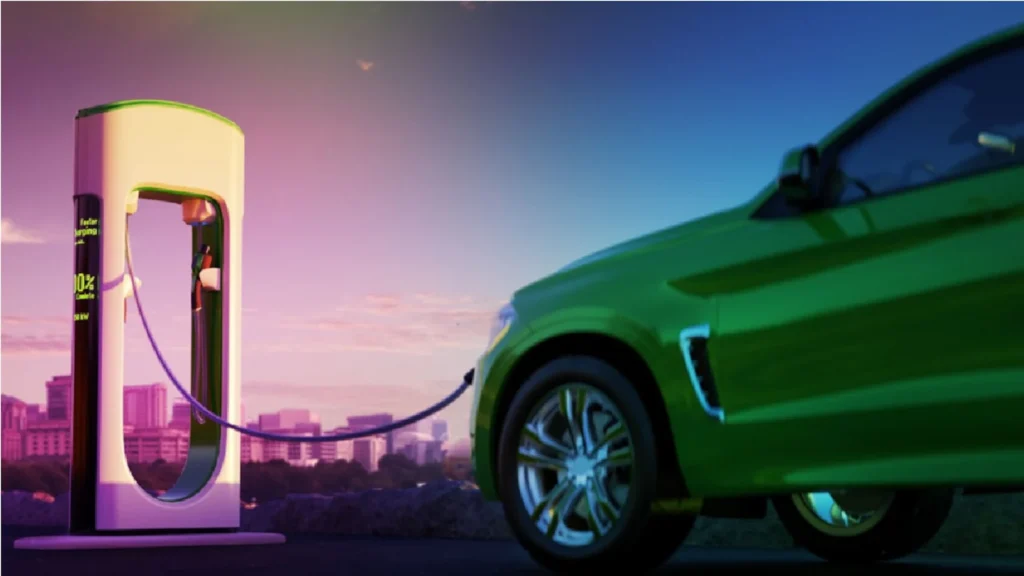The electric vehicle (EV) revolution in India is picking up pace as government incentives, infrastructure investments, and strategic industry moves begin to bear fruit. According to Counterpoint’s latest India Passenger Vehicle Model Sales Tracker, battery electric vehicle (BEV) sales are steadily increasing, driven by new launches and shifting consumer preferences.
India’s passenger vehicle (PV) sales grew by 4.6 per cent year-on-year (YoY) in 2024, crossing the 4.3 million mark. BEVs made up 2.5 per cent of total PV sales, a 16 per cent YoY increase. This growth was largely driven by new electric models such as the Tata Curvv.ev, MG Windsor, BYD Seal, and the refreshed Tata Punch.ev.
Government Targets and EV Penetration Goals for 2030
India has set ambitious goals for EV penetration by 2030, 30 per cent in the passenger vehicle segment, 80 per cent in the two-wheeler and three-wheeler categories combined, and 70 per cent in the commercial vehicle sector.
“Government policies are aligning to support local manufacturing and bridge infrastructure gaps to meet these targets,” stated automotive market analyst Abhik Mukherjee
While the US has introduced tariff hikes on auto components that could impact Indian exports, Mukherjee noted this could also redirect India’s component supply to other international markets.
Tesla, VinFast, and Maruti Suzuki Gear Up for EV Competition
The entry of global EV giants like Tesla and Vietnam’s VinFast, along with homegrown leader Maruti Suzuki, is reshaping the competitive landscape. These players are expected to introduce both affordable and premium models tailored for Indian consumers, propelling BEVs to capture a projected 5 per cent market share in the PV segment by the end of 2025.
Electric Two-Wheelers Lead the Charge
Two-wheelers are becoming electrified more quickly than PVs. Electric two-wheelers accounted for 6.2 per cent of total sales in 2024, which witnessed a YoY increase of 36 per cent. Tax subsidies are supporting such vehicles that are increasingly being used for city commuting as well as for last-mile delivery.
“Food delivery and quick commerce companies are actively deploying EVs to reduce emissions and operating costs,” the report noted, adding that eco-conscious urban consumers are also gravitating towards electric two-wheelers for daily commutes.
Electric Three-Wheelers Dominate Last-Mile Delivery
While EV adoption in the commercial vehicle segment remains moderate, the three-wheeler category is far ahead in the transition. In 2024, electric three-wheelers made up 55 per cent of total three-wheeler sales, primarily fueled by the booming demand in last-mile delivery services.
“Every second three-wheeler sold in India last year was electric, a clear sign that the transition is underway,” said the report.
Outlook: A Greener Future on the Road Ahead
With favorable policies, expanding model lineups, and a growing preference for sustainable mobility, India’s EV market is poised for robust growth. As infrastructure improves and battery costs fall, experts believe the country is well on track to meet its 2030 EV targets, ushering in a cleaner, greener automotive future.
Read More: Switch to EVs in 44 Indian Cities Could Cut 61 Million Tonnes of CO2 by 2035

